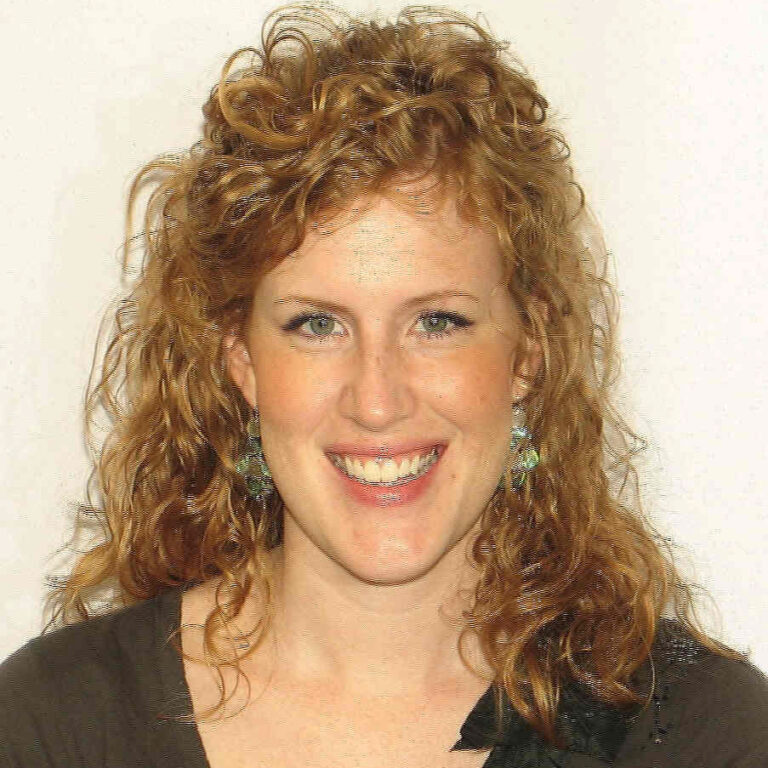Is it more important to maintain a Dutch ethnic identity? Or join and grow with other believers? The history of the Reformed Church in America is an interesting one. With a strong ethnic identity and the major geographical locations of the RCA in New York and New Jersey, the denomination struggled to incorporate large numbers of new members. The influx of Dutch immigrants into Michigan and Iowa during the 1900s aided the growth of the RCA. But a proposed merge with the German Reformed Church failed in 1892, and other possible merges with Presbyterian denominational bodies also fell through. Into the present, most RCA churches are concentrated in New York and New Jersey, Michigan, Wisconsin, Illinois, Iowa and California.
Writing at the turn of the century, P.H. Millikin wrote this about the RCA: “And while we make no boast of what we have done, in the good providence of God, yet we can with all modesty assert that the life of the Reformed (Dutch) Church is unique, historic, vigorous and honorable, dear to herself, respected by others and loyal to Christ. It is denominational but not sectarian, distinctive in its sources and its outflow, yet of uniform good fellowship with our neighbors.” Millikin noted that the RCA was a “conservative church, and indeed it does seem as if the church had unconsciously adopted the motto of William of Orange, ‘I will maintain.’” Yet, Millikin also remarked that the RCA stood between “the iron-bound liturgicalism” on one side and the “loose liberalism” on the other, “we occupy the broad plane of untramelled liturgical freedom – the only plane on which the church of Christ on earth can ever find a basis of union.”
The study of contrasts in the RCA is even more clear in the late 1960s. Ernest H. Post expressed both admiration of the ecumenism of the RCA, but also concern that the RCA could maintain its unique identity. Post wrote, “The Reformed Church in America has evidenced a consistent willingness to co-operate with other denominations and even to court with them in union negotiations….it is unlikely that the Church can long maintain both its current distinct identity and its present degree of unity.” Herman Harmelink expressed similar concerns. Writing in the late 1960s, he predicted three prospects for the future: maintain the status quo and experience attrition, division with progressives becoming Presbyterian and conservatives becoming Christian Reformed, or the “best alternative,” in Harmelink’s opinion: the RCA joined with another denomination similar in theology, government, and tradition. He concluded: “She will then show that her ancient motto, ‘Eendracht Maakt Macht’ –in union there is strength—is being taken seriously at home as well as abroad.”
As the RCA looks toward the future, committed to being Reformed and reforming, what will this look like? According to Donald J. Bruggink and Kim N. Baker, the Reformation defined the true church by the pure preaching of the word and the administration of the sacraments. But “in a world of change, those marks still hold true, and they inform not only the Reformed understanding of Scripture and how we worship, but also how these practices fit together in a meaningful theological whole.” In other words, a welcoming fellowship of love and support and social action “results from the right preaching of the Word and the administration of the sacraments.” To be Reformed and reforming is an apt characteristic of the denomination that fully captures the contrasts: the difficulty of maintaining a distinct identity while also adapting the church to love God and our neighbors throughout the world.
Photo by Gregoire Jeanneau on Unsplash
Gardiner H. Shattuck, Jr., in Edward L. Queen, II, ed., Encyclopedia of American Religious History, 3rd ed., (City, ST: Publisher, 2008), 817-818.
P.H. Millikin, “Historical Sketch and Characteristics of the Reformed Church in America,” Journal of the Presbyterian Historical Society, Vol. 1, No. 1, (May 1901), 25-31.
Ernest H. Post, Jr., “A Century of Ecumenical and Unionist Tendencies in the Reformed Church in America: 1850-1950,” Dissertation, Michigan State University, 1966; 4.
Herman Harmelink III, “The Ecumenical Relations of the Reformed Church in America,” Journal of Presbyterian History, Vol. 45, No. 2 (June 1967), 71-94.
Donald J. Bruggink and Kim N. Baker, By Grace Alone: Stories of the Reformed Church in America, (Grand Rapids, MI: Wm. B. Eerdmans Publishing Co., 2004), 207-218.

